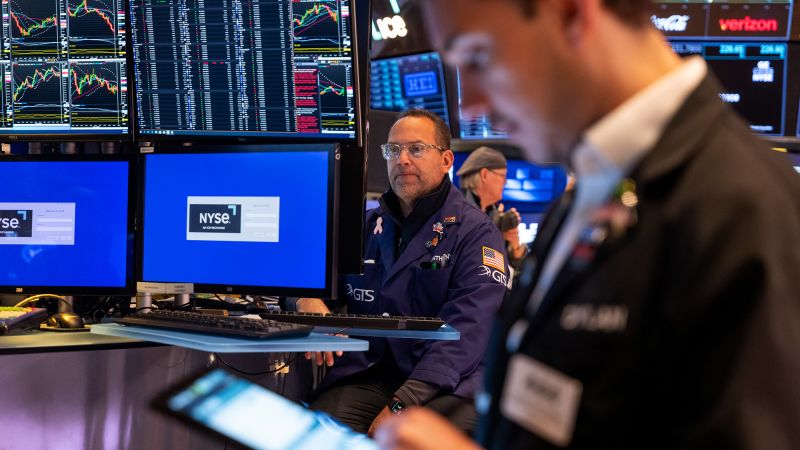The dynamics of the U.S. stock market have long been influenced by political maneuvers, particularly during the administration of President Donald Trump. On a recent Tuesday, a notable shift occurred when President Trump reversed his earlier threats regarding imposing significant tariffs on goods imported from the European Union (EU). This unexpected change instigated a rise in stock prices, with the Dow Jones Industrial Average surging by 400 points, representing a robust 0.98% increase. The S&P 500 and the technology-focused Nasdaq Composite followed suit, recording gains of 1.2% and 1.55%, respectively.
On Sunday, Trump had announced the postponement of EU tariffs until July 9, an announcement influential enough to elicit a favorable reaction among investors on Tuesday, which marked the resumption of trading following the Memorial Day holiday. Wall Street had not had the opportunity to respond to the fluctuating tariff situation due to the market closure on Monday. This added a layer of anticipation to Tuesday’s trading session, allowing investors to express relief as the impending tariffs were delayed.
This ongoing saga of tariff threats and their subsequent retraction is a narrative that has unfolded repeatedly throughout Trump’s presidency. Initially, he threatens tariffs, triggering significant market reactions, often resulting in downturns. However, he typically retracts these threats, leading to a resurgence of confidence among investors. April’s market performance saw a near plunge into bear territory, but since Trump announced the halting of his so-called “Liberation Day” tariffs and initiated trade discussions—including tentative agreements with the United Kingdom and China—the markets had experienced a rally. However, the unpredictability of trade threats has kept investors on a volatile emotional roller coaster.
The financial markets also received a breather amid ongoing bond market turmoil. On Tuesday, bond yields fell, which is generally regarded as a positive sign, especially in light of Trump’s pause on escalating the trade war. Specifically, the 30-year yield dipped below the psychologically significant threshold of 5%, while the 10-year yield fell to under 4.5%. Investor anxiety had heightened recently due to concerns stemming from the potential increase in national debt, estimated at nearly $4 trillion over the next decade due to Republicans’ legislative proposals, which contributed to worries surrounding the market.
Additionally, the bond market’s revival was spurred by developments in foreign markets, particularly Japan’s bonds, which strengthened after the finance ministry indicated a move toward increased investments in foreign debt markets. This came in the context of a significant change where Germany had surpassed Japan to become the world’s largest debt issuer, a title Japan had held for over three decades.
Despite the optimistic market reaction to Trump’s tariff deferment, analysts were cautious about the sustained nature of this rally. Market experts continue to express concerns about the unpredictability of tariff policies and the broader implications of America’s growing debt. Nathan Sheets, chief economist at Citigroup, provided insights in a note to investors, characterizing the period as perhaps the “calm before the storm,” while forecasting a potential weakening in growth during the latter half of the year.
Ed Yardeni, another seasoned market analyst, offered a stark warning to investors, suggesting they “buckle up” following a weekend of tariff threats from Trump. He described stock market investing as akin to riding a mechanical bull in a lively sports bar, urging investors to maintain focus and stability to avoid being thrown off balance. While expressing a bullish stance on U.S. stocks, Yardeni cautioned that Trump needed to illustrate a victory in his trade conflicts by summer’s end to avert a recession later in the year.
In sum, the trade tariff saga continues to be a significant influence on U.S. equity markets, leaving investors in a fluctuating state of anxiety and optimism, as the stakes involved reflect broader economic uncertainties.



